Dussehra, also known as Vijayadashami, is one of India’s widely celebrated and most vibrant festivals. In 2024, Dussehra falls on October 12, marking the culmination of the nine-day Navratri festival and symbolizing the victory of good over evil. This festival is deeply rooted in Indian mythology and culture, commemorating the triumph of Lord Rama over the demon king Ravana and the goddess Durga’s victory over the buffalo demon Mahishasura.
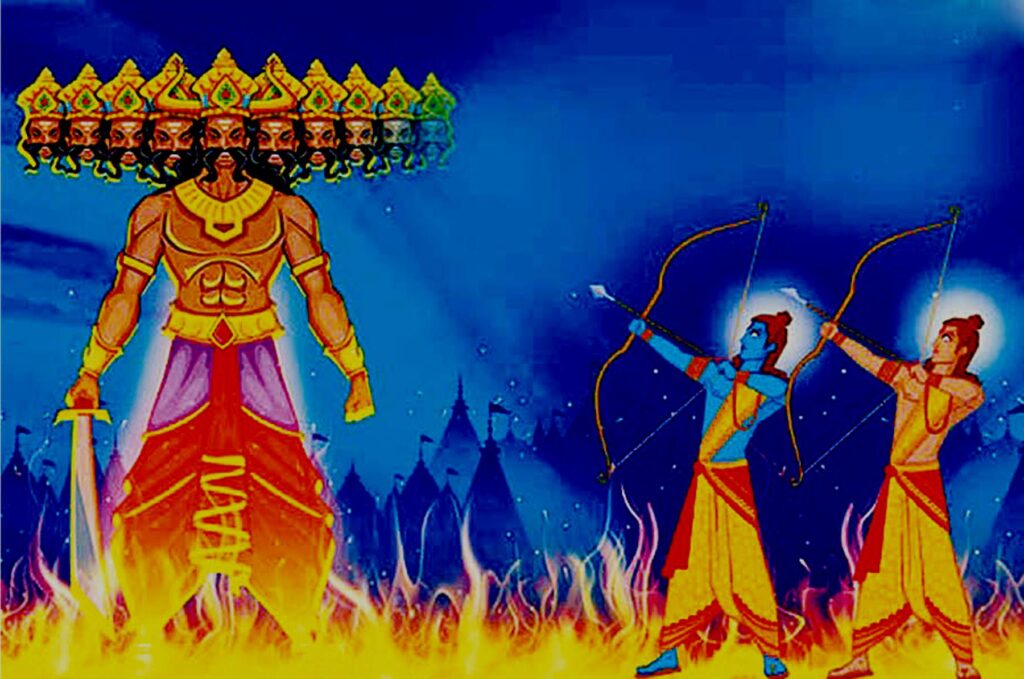
Mythological Significance
Dussehra has diverse meanings across India, each region offering its own interpretation of the festival’s history. In northern India, the festival is linked to the epic story of the Ramayana, where Lord Rama, after an intense battle, defeated the ten-headed demon king Ravana, symbolizing the triumph of righteousness and moral duty (dharma) over immorality and evil.
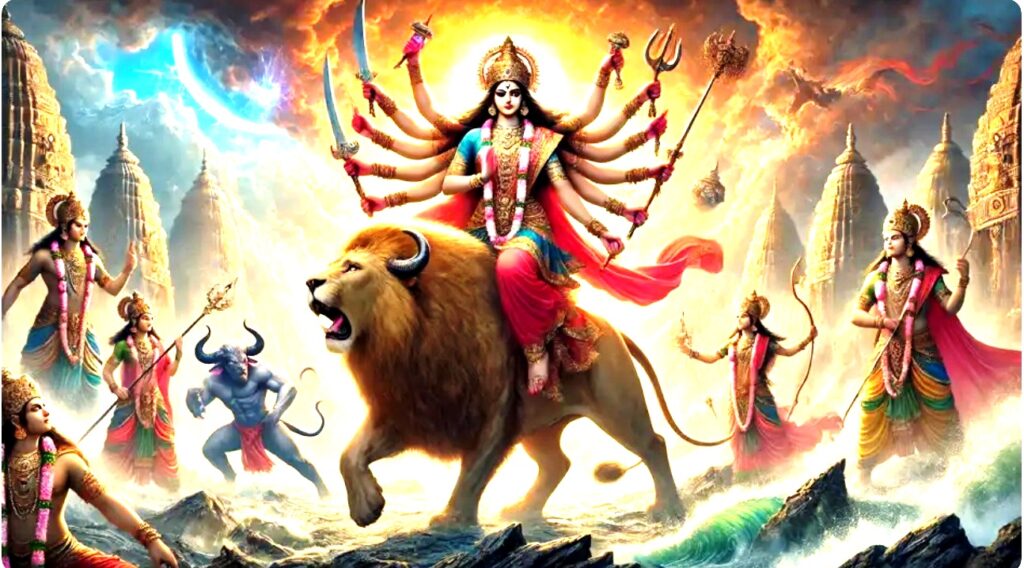
In contrast, in eastern India, the festival is linked to Durga Puja, celebrating the goddess Durga’s powerful fight and eventual victory over the demon Mahishasura. The ten arms of the goddess holding various weapons represent strength, courage, and the divine protection she offers against evil.
The festival celebrates Lord Rama’s triumph and the establishment of dharma (righteousness) over adharma (evil). In many regions, the festival also represents the victory of Goddess Durga over the buffalo demon Mahishasura, emphasizing the power of feminine strength and resilience.
Celebrations Across India
Dussehra is celebrated with diverse customs and traditions across different states in India, each adding its unique flavor to the festivities:
- North India: In states like Uttar Pradesh and Punjab, the festival is marked by large-scale Ramlila performances, where the story of Lord Rama’s life is enacted. Effigies of Ravana, along with those of his brothers Meghnath and Kumbhkaran, are constructed and burned in a spectacular display of fireworks.
- West India: In Gujarat, Dussehra coincides with the end of Navratri, leading to vibrant Garba dances and festivities. Communities come together to celebrate with music, dance, and traditional food.
- East India: In West Bengal, the festival blends into Durga Puja, where elaborate idols of Goddess Durga are worshipped, culminating in the immersion of idols on Dussehra.
- South India: In Karnataka and Tamil Nadu, Dussehra is celebrated as Dasara, showcasing colorful processions, cultural events, and the decoration of homes with flowers and rangoli (art made with colored powders).
Rituals and Customs
The rituals associated with Dussehra vary regionally but typically include:
- Fasting and Prayers: Many devotees fast on Dussehra, offering prayers to deities for prosperity and victory over challenges.
- The Burning of Effigies: The most iconic ritual is the burning of effigies representing Ravana, symbolizing the destruction of evil forces.
- Cultural Performances: The celebration is often accompanied by cultural performances, including dance, music, and plays that depict the stories of gods and goddesses.
- Family Gatherings: Dussehra is a time for families to come together, share meals, and strengthen bonds.
Modern Celebrations and Social Unity
In modern times, Dussehra is more than just a religious festival. It fosters a sense of community, bringing together people from various walks of life. People exchange sweets, visit each other’s homes, and pray for prosperity and well-being. Schools, offices, and public institutions organize cultural programs, further uniting the community through drama, music, and dance.
The theme of good triumphing over evil is ever-relevant in today’s world. In many places, Dussehra is also seen as a day to reflect on personal virtues and eliminate negative traits, be it anger, greed, or ego, much like the effigies of Ravana that are burned in various cities and towns.
Looking Ahead to Dussehra 2024
Dussehra 2024 promises to be an exciting blend of tradition and modernity. With the ongoing revival of regional festivals and the increasing use of technology in celebrations, one can expect live-streamed Ramlila performances, virtual Durga Puja experiences, and innovative cultural events.
Many cities are already planning eco-friendly Dussehra celebrations. Communities are opting for biodegradable materials for idols and effigies, promoting a cleaner and greener environment. In the wake of increasing environmental awareness, these initiatives will make Dussehra not only a cultural milestone but also a step towards a more sustainable future.
The Spirit of Dussehra
Beyond its historical and religious significance, Dussehra serves as a reminder of the values of courage, sacrifice, and righteousness. It encourages people to reflect on their own lives and strive for the triumph of good over evil, both personally and socially.
In today’s fast-paced world, Dussehra also emphasizes the importance of community and tradition, fostering a sense of belonging and cultural identity. It’s a time for individuals to reconnect with their roots and celebrate the shared heritage that binds them together.
Conclusion
Dussehra stands as a timeless celebration of virtue, strength, and moral integrity. It is a reminder that no matter how formidable the adversary may be, goodness and righteousness always emerge victorious. As we look forward to Dussehra 2024, the festival continues to unite people in a spirit of joy, reflection, and hope for a better future.
This year, let’s celebrate not only the destruction of evil but also the growth of values that strengthen humanity and our collective future.

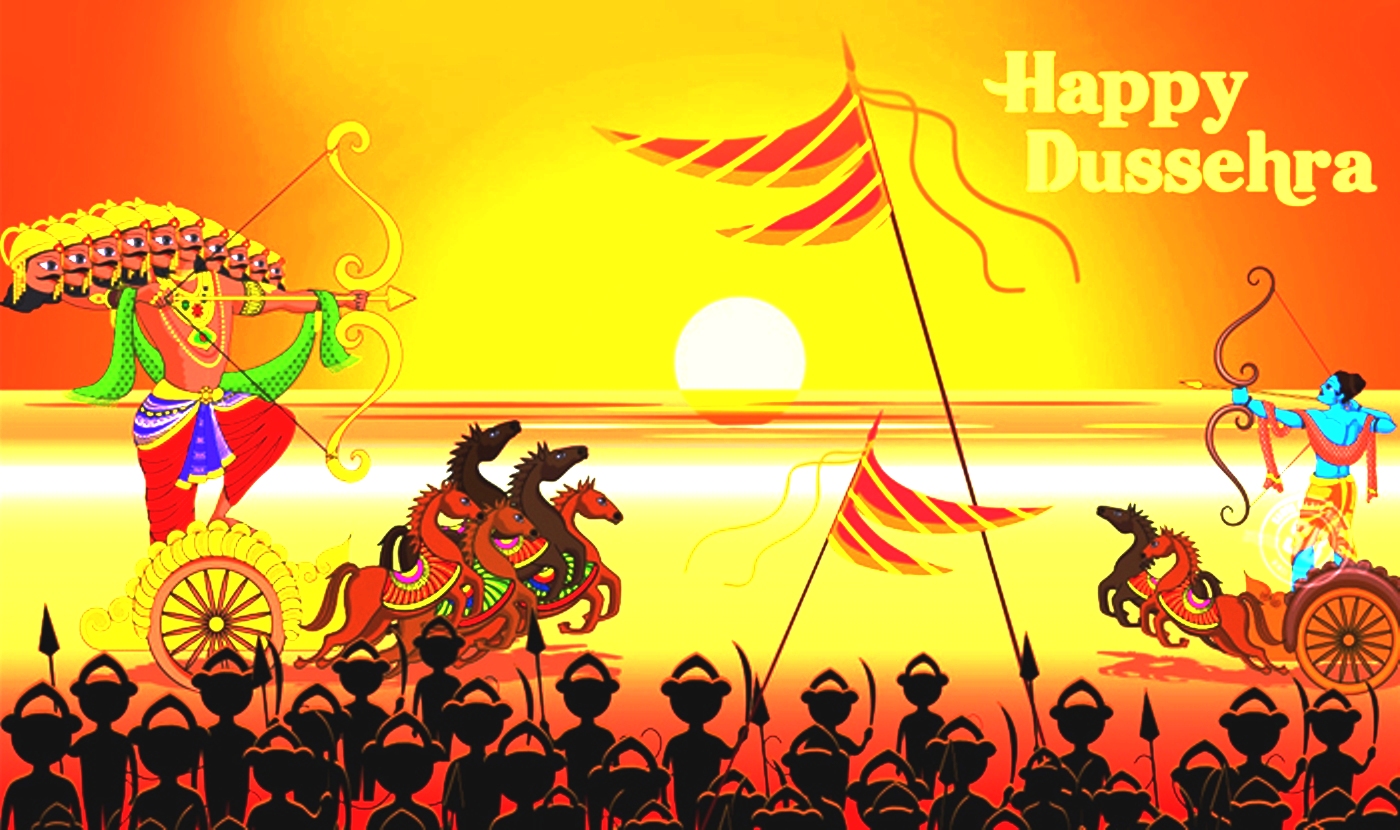
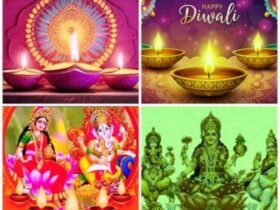
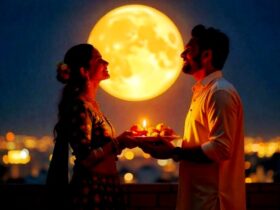


Leave a Reply